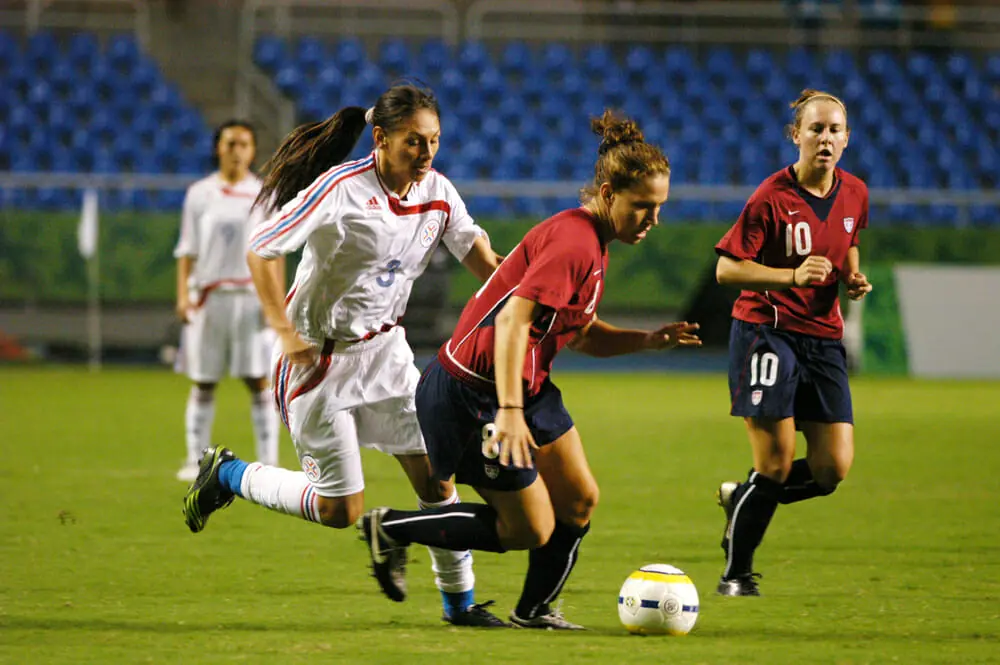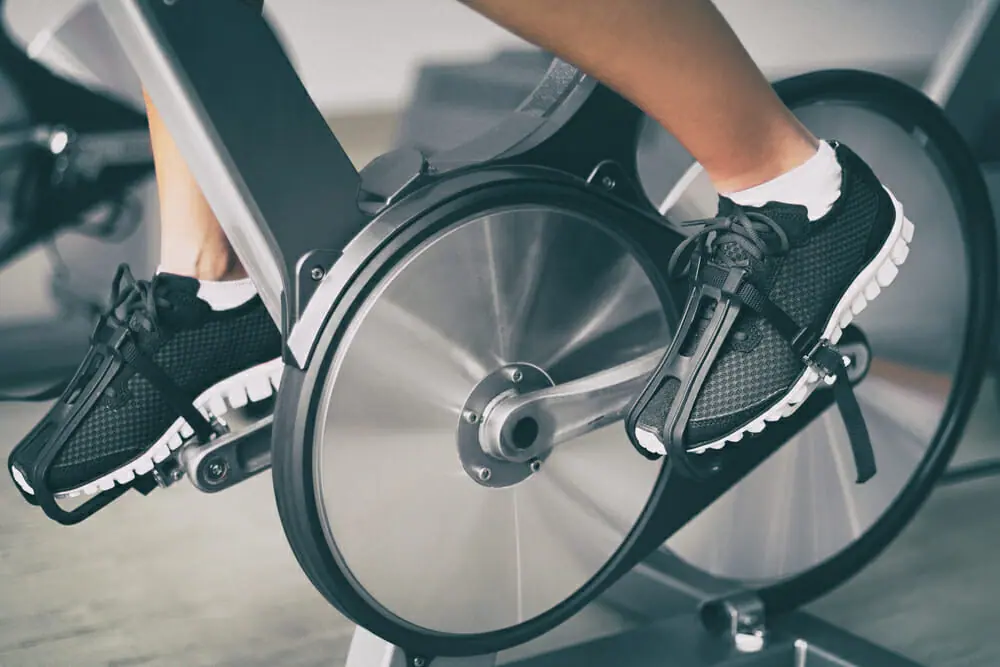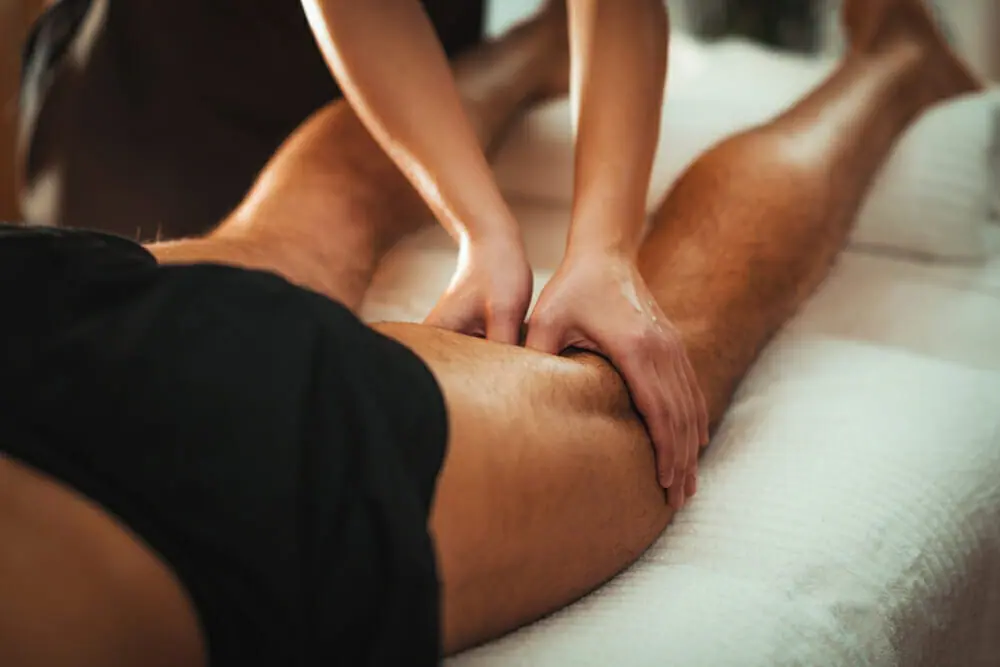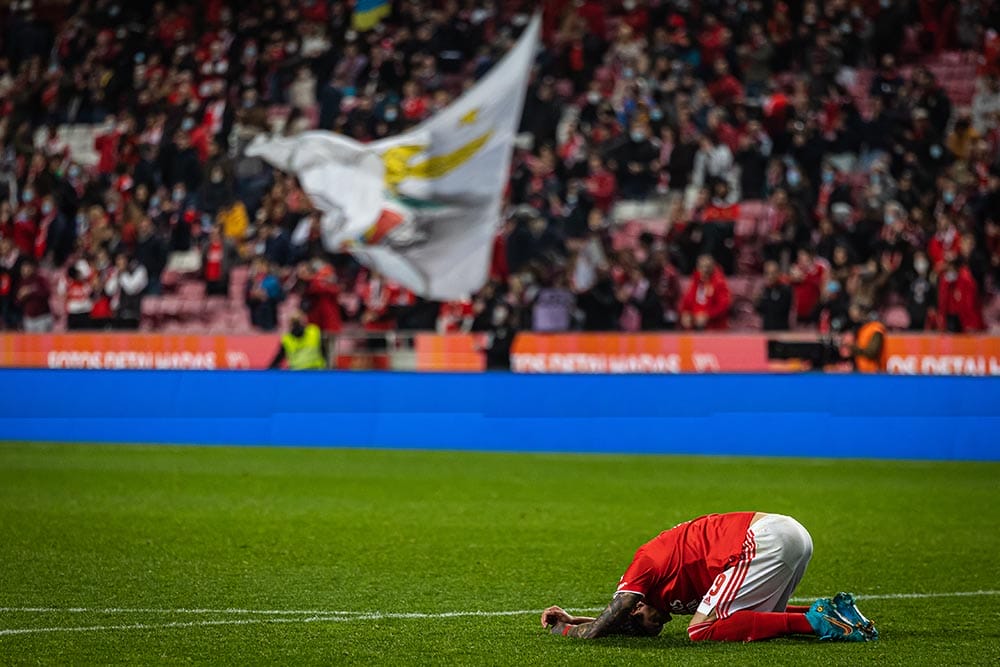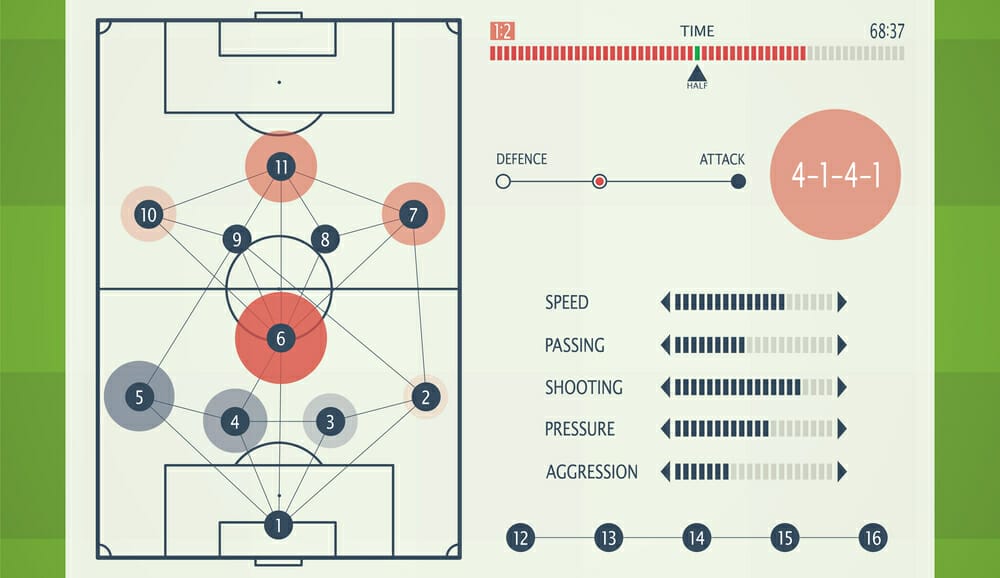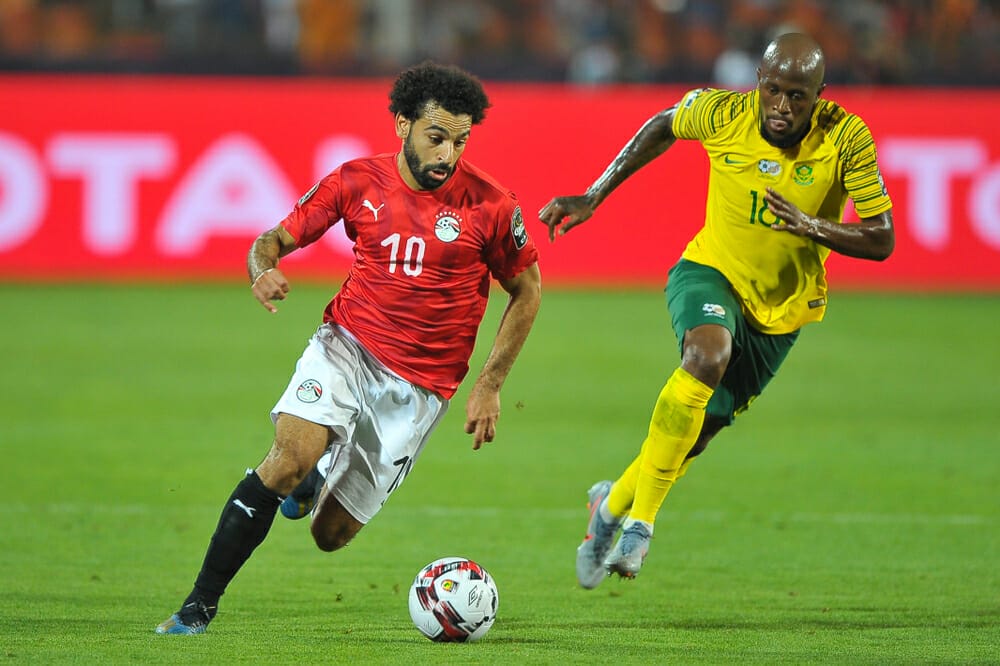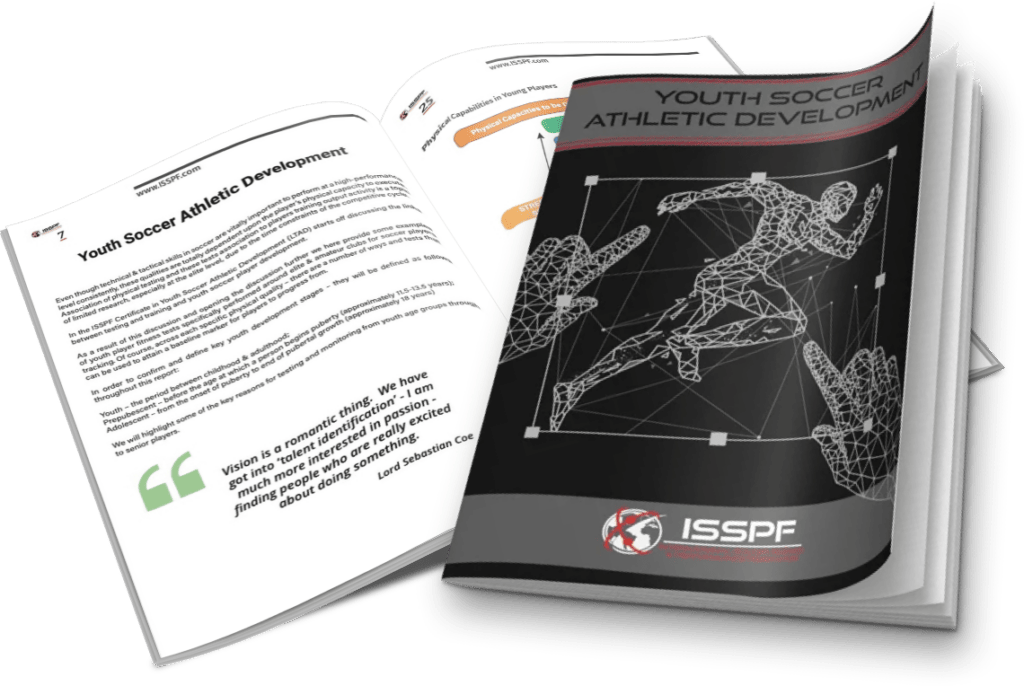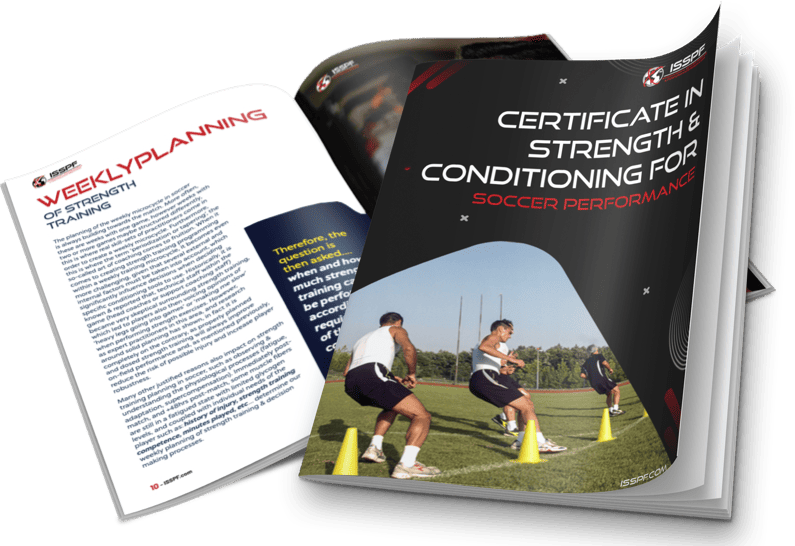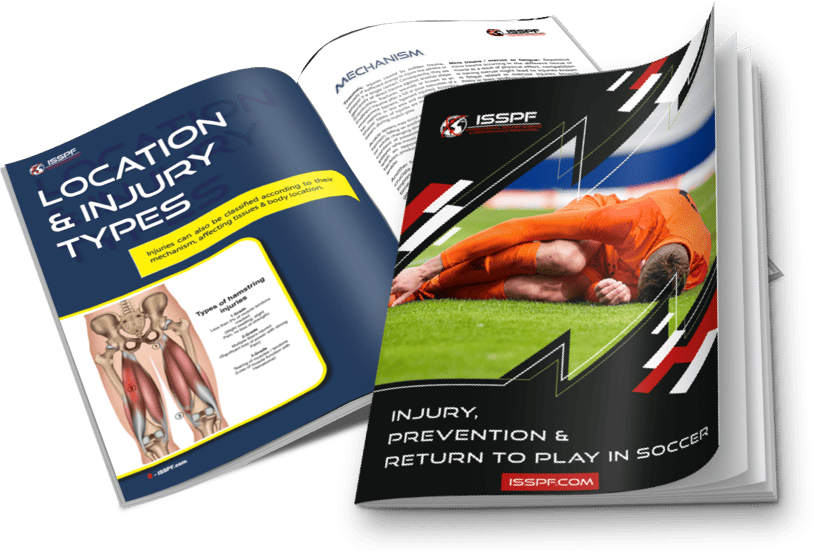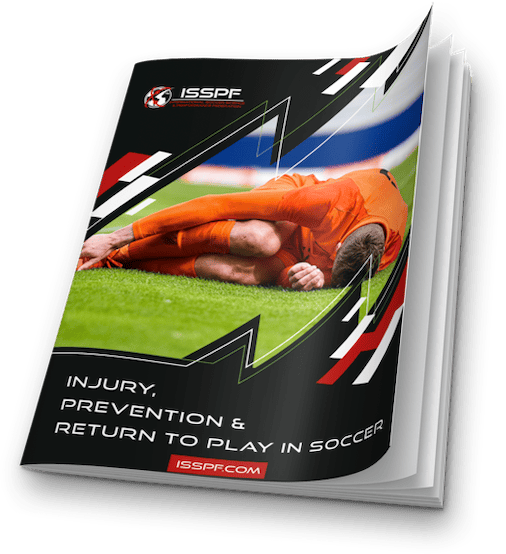Understanding the balance between work & recovery is vitally important in order to maximise soccer performance & player success.
The International Soccer Science & Performance Federation (ISSPF) brings together online some of the leading football science researchers, applied soccer science practitioners & football coaches to discuss the role of rest & recovery within the game.
Recent years has seen an increased emphasis on recovery following bouts of heavy training or team sport competition, with many methods and strategies being discussed as possible means by which recovery & injury prevention can be progressed.
Enhancing recovery and speeding up the process can significantly improve the soccer athlete performance based on the need to reproduce and peak more than once per week.
Even though playing another high-intensity competitive match within fixture congestive periods, it is not uncommon at many levels of the game to have to play at least two or three times a week.
Full recovery is obviously very important, but it is possible?
For those playing weekly, it is important to be fully recovered as quickly as possible to enable the footballer or soccer athlete to train more effectively and enhance the benefits of the training content and reduce the injury risk concurrently.
Warm-Down / Active Recovery
When the focus is placed on maximizing performance and minimizing the potential for injury or illness there should be a number of specific objectives met in the recovery process:
- Restoration of energy levels
- Neuromuscular recovery
- Muscle tissue repair
- Reduction of muscle soreness
- Psychological recovery
There is a limited amount of investigations into recovery methods & strategies used, but ISSPF faculty member & physiology expert Dr. Raphael Villatore MD has produced an intriguing lecture within www.isspf.com highlighting current literature across a range of recovery topics in soccer.
Main Issues
Most serious athletes perform a warm-down or active recovery following the conclusion of intense exercise.
The warm-down period generally varies with the level of the participant’s activity but ranges from 5 to 15 minutes. This is usually followed by self-selected stretching of the muscles used in training or competition.
The benefits of warm-down on muscle soreness and performance after 24–48 hours are not clear from current research. However, one research study compared immediate recovery procedures to next-day recovery training (25 minutes of pool exercise) and found no difference in recovery of muscle soreness, flexibility or power.
As a result this may suggest that an individual preference would be apparent here when pushing recovery protocols.
Cold Water Immersion (CWI)
The simplest and easiest method involves the use of an ice bath (2–10°C).
Although no specific protocol exists, in current practice the regimen commonly used involves the athlete standing waist-deep in the ice bath for 5 minutes. This can be repeated two or three times with a short period out of the bath to help flush.
The second common technique is contrast bathing, alternating warm and cold baths for a minute each, repeated three or four times.
Players invariably report that they believe these techniques help their recovery but some of this maybe psychological based on the unclear situation in the literature of muscle properties.
Soft Tissue Massage
High-intensity training or match-play can cause increased muscle tone in both the resting and the contractile state.
Muscle ‘tightness’ as its described by soccer athletes or football players particularly occur during periods of adaptation to increased volume and intensity of training loads.
Repetitive microtrauma of these muscles may further compromise muscle function and flexibility, and muscle tissue may become less pliable.
These problems can impair training and match-play preparation and as a result, may lead to injury if not managed.
Deep Water Running
Deep-water running involves ‘leg cycles’ or ‘running patterns’ in a deep side of a swimming pool whilst using a buoyancy vest.
This technique is used to maintain fitness during recovery from lower limb injury, but it has also been advocated as part of a recovery program either immediately after the intense exercise, or in competitive matches.
Previous research has shown how a regimen of deep-water running for 3x consecutive days post-intense exercise reduced muscle soreness whilst appearing to speed up the restoration 48hrs after soccer matches.
These are only a few of the suggested investigated research protocols surrounding recovery strategies in sport, however for further in-depth detail and more advice on these findings, ISSPF content & courses will highlight a lot more!
Join Our Soccer Performance Course
The demand for sports science, physiotherapists, and performance & coaching specialists in football & team sports is growing year upon year.
Thousands of students are leaving university with a sports science degree, physio or therapy-related qualification, however many of them asking the key question – What now?
- How do I get a job in football?
- What’s the next step?
- Which area of sport or football science & medicine do I want to specialise in?
This is certainly an interesting question as progressing from completing a sporting, medical or therapy-related degree to then working in professional football & trying to understanding all the key components, and soft skills that come with jobs in football or careers within sport is complex.
As a result, the bespoke courses developed by ISSPF Elite Medical & Football Science Faculty members are a way of further exposing learners, parents, professional coaches, students, or other individuals interested in football science with a thirst to develop & upskill further.
The link below will take you to the hugely popular & expertly designed ISSPF endorsed & University & Football Association accredited Soccer Science & Performance online sport science course, where you will be exposed to sports medicine & football science with a coaching science led research overview, and practical examples used by the game’s leading practitioners.
Soccer Science & Performance Online Sport Science Course
How This Course Will Improve You
- Provides justification for the guiding of specific training methods, interventions & decision making processes within soccer.
- Highlights the practical application of modern, research based training methods & assessment tools.
- Provides an increased evidence & knowledge to understand key soccer science & performance processes across a range of coaching science topics.
- Discusses the most efficient training methods and detailed insights into developing player fitness alongside rehabilitation & training methodologies.
- Learn from industry experts in the area of football science, nutrition, sport science & performance training in team sports.
- Help maximise your decision making through a better understanding & appreciation of football or soccer science.
What Does This Course Cover?
Outline of the Soccer Science & Performance Course:
Module 1: The demands of professional soccer: Physiological costs of the game
Lecturer: Dr. Vasilis Kalapthorakos (Greece)
Topic: Physiology
Module 2: Developing Resilience in Soccer: Mental Skill Development
Lecturer: Nikki Crawley (England)
Topic: Psychology
Module 3: Game model building & development: Reinterpreting Tactical Periodisation
Lecturer: Dr. Alejandro Romero-Caballero (Spain)
Topic: Training Methodology
Module 4: Injury reduction strategies in professional soccer
Lecturer: Dr. Patrick Orme (England)
Topic: Injury Prevention
Module 5: Leadership and Culture for High Performance Soccer
Lecturer: Maximillian Lankheit (Germany)
Topic: Psychology
Module 6: Current trends in leading European soccer teams: In-Possession
Lecturer: Chris Meek (England)
Topic: Performance Analysis
Module 7: Soccer nutrition & the role of the nutritionist
Lecturer: Matthew Jones (England)
Topic: Nutrition
Module 8: Competitive soccer training microcycle: Structure & justification
Lecturer: Dr. Manuel Segovia (Spain)
Topic: Training Methodology
Soccer Science & Performance Online Sport Science Course
Share this article:
